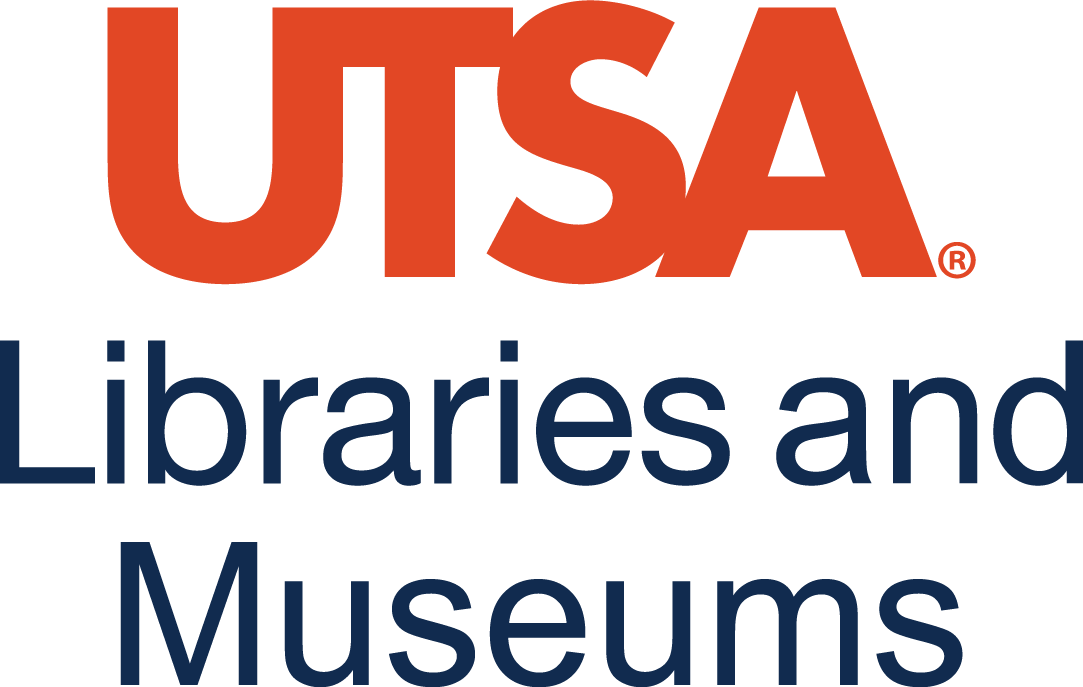Gamification
7 Tailored gamification in education: A literature review and future agenda | Review
Bruna Damiana Heinsfeld
Article
Oliveira, W., Hamari, J., Shi, L. et al. (2023). Tailored gamification in education: A literature review and future agenda. Education and Information Technologies, 28, 373–406. https://doi.org/10.1007/s10639-022-11122-4.
Authors

The article titled “Tailored gamification in education: A literature review and future agenda” was authored by seven scholars from Finland, Brazil, and the United Kingdom, with the corresponding author being Dr. Wilk Oliveira. Dr. Oliveira is a researcher at the Gamification Group within the Faculty of Information Technology and Communications at Tampere University in Finland. He holds a Ph.D. in Computer Science and Computational Mathematics from the University of São Paulo, Brazil, with an internship at Tampere University. His research encompasses the fields of Educational Technology, Gamification, Game-based Learning, User Experience, and Computing Education.
Review
Summary
In this article, a literature review and future agenda on tailored gamification in education is presented. It delves into the advantages and challenges of personalizing gamification design properties to align with individual students’ needs, characteristics, and preferences. The review highlights that 37 authors have conducted studies in the field of tailored gamification in education, hailing from different countries and carrying out research in various educational settings, including primary, secondary, and higher education. Furthermore, the review reveals that gamification can positively impact student motivation, engagement, and learning outcomes; however, personalizing gamification design properties presents complexities due to individual differences and a lack of standardization in approach. The review suggests that upcoming research should focus on developing a theoretical framework for tailored gamification design, examining the influence of cultural differences on gamification effectiveness, and analyzing the ethical implications of gamification in education. Overall, this review provides critical insights into the potential benefits and challenges of tailored gamification in education, while also bringing attention to the need for continued research in this area.
Research Method
The systematic literature review method was employed to identify relevant studies on tailored gamification in education. The authors searched four databases (ACM Digital Library, IEEE Xplore, Scopus, and Web of Science) using specific keywords to identify studies published between 2010 and 2020. Additionally, snowballing techniques were used to identify additional studies. The review includes studies that investigated the effects of personalized gamification design on student motivation, engagement, and learning outcomes. These studies were conducted in various educational settings, such as primary, secondary, and higher education, and encompassed different subject areas, such as mathematics, science, and language learning. Various data collection methods, such as surveys, interviews, and observations, were used in the studies to gather data on student experiences and outcomes.
The authors utilized a standardized protocol to extract data from each study and employed a narrative synthesis approach to analyze the data. This approach involved summarizing and synthesizing the findings of the selected studies to identify patterns, themes, and gaps in the literature. Additionally, the authors employed a thematic analysis approach to identify themes related to the benefits and challenges of personalized gamification design in education, a content analysis approach to discern the frequency and distribution of different approaches and tools used to tailor gamification design properties, a descriptive analysis approach to summarize the characteristics of the selected studies, such as the study aims, participants, and data collection methods, and a critical analysis approach to evaluate the quality and rigor of the selected studies and identify limitations and future research directions.
Findings
The review provides numerous insights, including the finding that personalized gamification design can have a positive impact on student motivation, engagement, and learning outcomes. For example, one study revealed that personalized gamification design increased student motivation and engagement in a language learning context. Another study highlighted that personalized gamification design improved student learning outcomes in a mathematics course. Such findings suggest that personalized gamification design has potential as a valuable tool to enhance student learning experiences. However, the review also reveals that personalizing gamification design properties presents challenges, given the complexity of individual differences and the lack of a standardized approach. For instance, one study found that personalizing gamification design properties based on students’ personality traits was challenging due to the lack of a standardized personality assessment tool, while another study found that personalizing gamification design properties based on students’ learning styles was challenging due to a lack of clear definition and measurement of learning styles. These challenges indicate that further research is necessary to develop a standardized approach to personalizing gamification design properties.
The review also identified gaps and limitations in the literature on tailored gamification in education. Most notably, the review reveals that most studies only consider students’ gamer types to tailor systems, and many experiments do not adequately support their findings statistically, particularly concerning learning performance with tailored gamified systems. Additionally, there is a lack of research on the influence of cultural differences in gamification effectiveness and the ethical implications of gamification in education. To bridge these gaps, future research should aim to develop a theoretical framework for personalized gamification design, explore the impact of cultural differences on gamification effectiveness, and investigate the ethical implications of gamification in education.
Critique and Limitations
One possible limitation of the review is that it only includes studies published between 2010 and 2020, which may not encompass the most recent advancements in the field. Another limitation is that the review comprises studies published in just four databases, which may not cover all relevant research on the topic. As a result, future reviews should consider including studies published in other databases and more recent studies to offer a more comprehensive overview of the field. Moreover, the studies analyzed in the review differ in research design, participants, and data collection methods, making it challenging to compare findings and draw definitive conclusions about the effectiveness of personalized gamification design in education. Consequently, future research should utilize more rigorous research designs and standardized data collection methods to provide more compelling evidence regarding the impact of personalized gamification design on student learning outcomes. Lastly, the review does not clearly define personalized gamification design, leading to potential confusion and discrepancies in the literature. Therefore, future research should develop a standardized definition of personalized gamification design and a theoretical framework for designing and evaluating gamified educational environments.
Impact and Reflections for the Field ANF FOR PRACTICE
The review highlights the potential benefits of personalized gamification design in enhancing student motivation, engagement, and learning outcomes. This has practical implications for diverse educational settings, such as K-12, higher education, and corporate training. For instance, personalized gamification design can play a significant role in creating more engaging and effective learning experiences for students in K-12 classrooms, including language learning or math courses. In higher education, tailored gamification design can increase student engagement and motivation in online courses or support personalized learning pathways. This may involve adapting game elements like points, badges, and leaderboards to align with students’ interests and learning styles. In corporate training, personalized gamification design can enhance employee engagement and performance in various areas, such as sales or customer service, while also supporting personalized learning pathways, where students can learn at their own pace and receive personalized feedback. However, the review also underscores the challenges and limitations of personalized gamification design, such as the complexity of individual differences and the absence of a standardized approach. As a result, forerunning research should strive to develop a theoretical framework for personalized gamification design, analyze the influence of cultural differences on gamification effectiveness, and examine the ethical implications of gamification in education.
FUTURE STUDIES
Finally, the review opens numerous possibilities for future research in the field, including examining the effects of cultural differences on the effectiveness of personalized gamification design, developing a theoretical framework to guide research and practice, and analyzing the ethical implications of gamification in education. Additionally, as mentioned, future reviews should consider expanding the timeframe and databases to further explore the topic comprehensively. Lastly, a standardized definition and theoretical framework for personalized gamification design should be developed to promote consistency and understanding in the literature. Overall, this review provides a comprehensive assessment of tailored gamification in education, highlighting the potential for future research to enhance the effectiveness and ethical implications of personalized gamification design in education.

